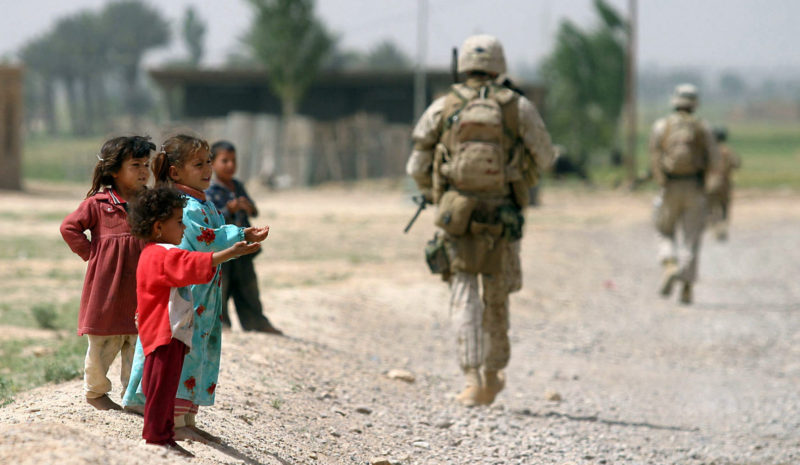The text below is an excerpt from The Writing Teacher’s Companion: Embracing Choice, Voice, Purpose & Play by Ralph Fletcher. This excerpt was reprinted with permission from Scholastic.
Conferring is simply a conversation with another writer.
Let’s not make it more complicated than it needs to be.
—Ruth Ayres

The writing time is the most important part of the workshop. So what do you do while they’re writing? You write for the first five to seven minutes, but then what? Sit at your desk and twiddle your thumbs while secretly checking your email? A better use of your time would be to move around the room and make yourself available for brief, individual writing conferences.
The writing conference is an essential part of the workshop, and I’m an enthusiastic proponent. A chance to work one-on-one with young writers on writing they have chosen to write about? Heck, yeah! That’s what drew me to education in the first place.
The phrase writing conference may sound overly formal, but it’s really no more than an ongoing conversation. A writing conference often begins with you asking an open-ended question like one of the following:
- How’s it going?
- What are you writing about?
- Can you tell me about any snags or problems you’re running into?
Then: listen. The purpose of a writing conference is not for you to solve their problems for them; rather, you want to help them think it through so they can solve their own.
Imagine a young writer, a fourth-grader named Anwyn. Your conferences with Anwyn will evolve during the course of the year. At the beginning of the year you could use the conference to get to know her as a writer: preferences, books that influence her, subjects she likes to write about, how she drafts, the part of the process where she often gets stuck, and so forth. As the year progresses, you’ll know when to nudge Anwyn during a writing conference. At some point you may want to have a goal-setting conference, a time when you give her something to shoot for.
During a writing conference, pay close attention to nonverbal clues. Does Anwyn seem like a confident or self-critical writer? What does her body language tell you? Getting a sense of Anwyn as a writer will help you ask better questions during your conferences and, as the year progresses, give her a strategic nudge or challenge.
Much has been written about the writing conference. Remember that there’s no one way of conferring. Every teacher must find his or her own way. You will have to find a style/approach that fits your personality. Here are a few suggestions:
- These interactions should be brief, no more than a few minutes. Don’t feel like you have to solve all their writing problems. Learn to make a graceful exit: “Okay, I’ll be curious to see about how you decide to end your story.”
- Don’t expect to touch base with each student in your class. That won’t happen. Conferring with one-third of your class per writing workshop is a realistic goal to shoot for.
- Crouch or kneel next to students when you confer with them. A stool on rollers can be helpful for those of us with creaky knees or balky backs. In classrooms, teachers often confer with students at the teacher’s desk, but I’d suggest you confer with students at their own desks. That way other kids in the vicinity get to hear rich talk about writing. These “second-hand conferences” can be surprisingly influential.
- You don’t always have to read the students’ writing. You might opt to read one part. Or you could just talk about the piece.
- Be flexible. Follow the conversation where it takes you.
- During the conference you might refer back to the craft element that you taught during the mini-lesson, if that seems applicable.
- Build on strengths. Make sure to find something the writer has done well, and point it out. I believe you can grow strong writers if you do nothing more than point out what they have done well, and name it for them. Once you name it, they can own it.
One teacher told me this: “When I confer with my students I try to give each one of them a glow (something they’re doing well) and a grow (something I want them to work on).”
Although I generally endorse the sentiment behind this idea, I don’t think it applies to every single conference. In some conferences we do no more than touch base, see how a student is doing, and move on.
Also, we need to be careful of the language we use in a writing conference. Often we phrase our comment like this: “You wrote a strong lead that really drew me in. I could really picture it! But it seems like you kind of ran out of gas in the middle of your story….”
But is the troublesome word here. But has a way of erasing whatever came before it. It makes the student focus only on what he or she needs to improve. A better way to phrase this might involve switching but to and. “You wrote a strong lead that really drew me in. I could really picture it! And I’m wondering if you could do the same thing in the middle of your story….” A subtle difference in your language can make it more likely the student will listen to you.
One more thing: Be sure to respond to their writing as a human being. If it’s funny, laugh. If it’s sad, let the student know you feel that sadness. First and foremost, writing is a form of communication. If you want to affect somebody, you have to let that person, and that person’s writing, affect you first. Let him see that you are genuinely interested in what he’s writing. When you do that you open his “window” a crack, and create space for a genuine dialogue.
Photo (top) courtesy of personalexcellence.co
Ralph Fletcher is a friend of writing teachers everywhere. He speaks at education conferences in the US and abroad, helping teachers find wiser ways of teaching writing. Ralph is the beloved author of many bestselling teacher professional books, including Writing Workshop: The Essential Guide; Craft Lessons; What a Writer Needs, 2nd edition; Boy Writers: Reclaiming Their Voices; and Breathing In, Breathing Out. Students know Ralph as the award-winning author of more than 20 books for children and young adults, including Fig Pudding, Flying Solo, Twilight Comes Twice, The Writer’s Notebook, Marshfield Dreams: When I Was a Kid, Also Known As Rowan Pohi, and Guy-Write: What Every Guy Writer Needs to Know.



